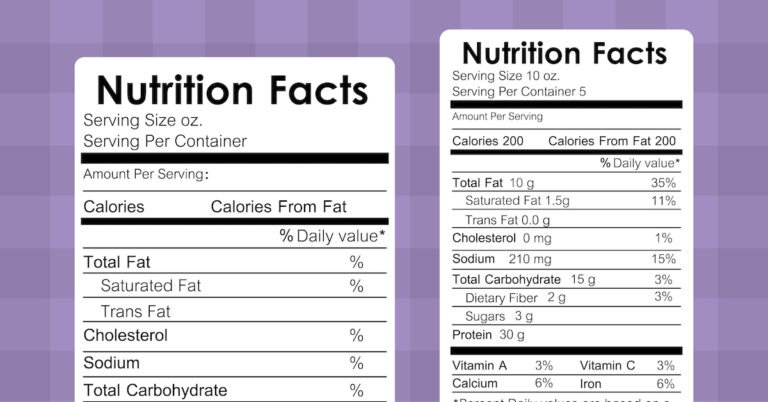Introduction
Feeding your dog seems simple — scoop the kibble, fill the bowl, done. But beneath that routine lies a complex science that determines your dog’s energy, longevity, and quality of life. Just like humans, dogs thrive when their diet is balanced with the right amounts of protein, fat, carbohydrates, vitamins, and minerals. Understanding these nutrients — and how they interact — can transform your dog’s health from the inside out.
Why Balanced Nutrition Matters
Nutrition affects everything — from muscle tone and coat shine to immune strength and behavior. A well-fed dog has steady energy, clear eyes, and a strong immune system. Conversely, poor nutrition can cause dull fur, weight issues, digestive upset, and even chronic disease. The key is balance: feeding enough of what dogs truly need without unnecessary fillers or excess calories.
1. Protein: The Foundation of Canine Health
Protein is the single most important nutrient in a dog’s diet. It builds muscles, repairs tissues, and produces essential enzymes and hormones. Dogs are omnivores, but their physiology leans heavily toward carnivorous needs — meaning they thrive on animal-based protein sources.
- Best sources: Chicken, beef, lamb, fish, turkey, and eggs.
- Plant proteins: Soy, lentils, and peas can supplement, but shouldn’t replace animal protein entirely.
- How much they need: Adult dogs typically need 18–25% protein; active or working dogs may require 28–35%.
Pro Tip: Look for dog food where a named meat (like “chicken” or “salmon”) is the first ingredient — not “meat by-product” or “animal meal.”
2. Fat: The Energy Powerhouse
Fats are your dog’s primary source of energy — providing twice as many calories per gram as protein or carbs. But they’re not just about calories. Healthy fats support skin and coat health, brain development, joint mobility, and even hormone balance.
- Healthy fats: Omega-3 (from salmon oil or flaxseed) and Omega-6 (from poultry fat or sunflower oil).
- Benefits: Shinier coat, reduced inflammation, and better cognitive function.
- Watch out for: Too much fat can lead to obesity or pancreatitis — especially in small breeds.
Pro Tip: If your dog’s coat is dull or flaky, talk to your vet about adding a teaspoon of fish oil to meals — it often makes a visible difference within weeks.
3. Carbohydrates: Energy and Fiber in Balance
Unlike humans, dogs don’t *need* carbohydrates to survive — but when used properly, carbs provide efficient energy and digestive support. The key is choosing complex, nutrient-rich sources rather than cheap fillers.
- Good carbs: Sweet potatoes, brown rice, oats, pumpkin, and barley.
- Carbs to limit: Corn, wheat, and soy — often used as inexpensive fillers with low nutritional value.
- Fiber benefits: Aids digestion, supports gut bacteria, and helps manage weight.
Pro Tip: Watch stool consistency — loose stool can indicate too many carbs, while hard stool can mean too little fiber.
4. Vitamins and Minerals: The Micronutrient Magic
Though they’re needed in small amounts, vitamins and minerals play huge roles in your dog’s health — from bone growth to nerve function. Balanced commercial dog foods are typically fortified with these nutrients, but home-cooked diets require careful supplementation.
- Key vitamins:
- Vitamin A – supports vision and skin health
- Vitamin D – aids calcium absorption for bones
- Vitamin E – antioxidant that protects cells
- B vitamins – essential for metabolism and energy
- Essential minerals: Calcium, phosphorus, zinc, iron, and magnesium.
- Imbalance risks: Too much calcium can harm growing puppies, while zinc deficiency can lead to flaky skin or hair loss.
Pro Tip: If you prepare homemade meals, consult a vet nutritionist for a supplement plan — it’s surprisingly easy to miss key minerals.
5. Water: The Overlooked Essential
Hydration is vital to every body function — digestion, temperature control, joint health, and more. Dogs should drink roughly one ounce of water per pound of body weight per day, more during heat or exercise. Dehydration is a silent threat, especially in active or older dogs.
- Signs of dehydration: Dry gums, lethargy, loss of skin elasticity, and dark urine.
- Encourage hydration: Keep multiple bowls around the house, refresh water daily, and offer wet food if your dog doesn’t drink much.
6. Commercial vs. Homemade Diets: What’s Right for Your Dog?
Commercial dog foods are convenient and nutritionally balanced — but not all are created equal. Premium brands typically use higher-quality proteins, natural fats, and fewer fillers. Homemade diets, when properly formulated, can be equally healthy but require more effort and veterinary oversight.
- Commercial food pros: Complete nutrition, easy storage, consistent quality.
- Homemade food pros: Fresh ingredients, control over allergens, variety.
- Homemade food cautions: Risk of imbalance — too much protein or calcium can cause health issues long-term.
Pro Tip: Hybrid feeding (mixing kibble with fresh meats or vegetables) can offer balance — a practical middle ground for busy owners.
7. Age and Activity: Adjusting for Life Stages
A puppy’s metabolism, an adult’s energy needs, and a senior’s digestion all differ drastically. Matching your dog’s food to their life stage is key to preventing health issues down the road.
- Puppies: High-protein, calorie-dense diets with calcium for bone growth.
- Adults: Balanced maintenance formulas with moderate fat and carbs.
- Seniors: Low-fat, high-fiber diets with joint support (glucosamine, omega-3).
- Active dogs: Higher fat and protein levels for sustained energy.
8. Red Flags in Dog Food
Even high-end foods can hide poor ingredients behind flashy packaging. When shopping, watch for these warning signs:
- Generic “meat by-products” or “animal fat” without specifying the source.
- Artificial colors, flavors, or preservatives (like BHA, BHT, or ethoxyquin).
- Excessive fillers listed before the main protein.
- Unrealistic marketing claims like “miracle formula” or “all breeds, all ages.”
Pro Tip: Choose foods that list a specific protein first and have fewer than ten main ingredients — simplicity usually means quality.
Conclusion
Dog nutrition doesn’t have to be complicated — but it should be intentional. By understanding how protein, fat, and carbs work together, you can choose food that fuels your dog’s health, happiness, and longevity. Whether you stick with premium kibble, experiment with home-cooked meals, or mix both, the goal is simple: feed your dog like family. Because when nutrition is right, everything else — from their energy to their smile — just clicks into place.






